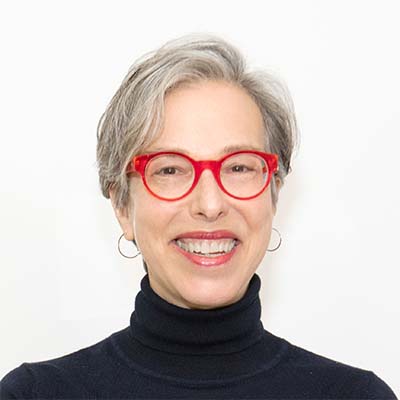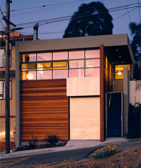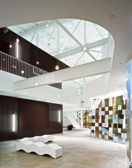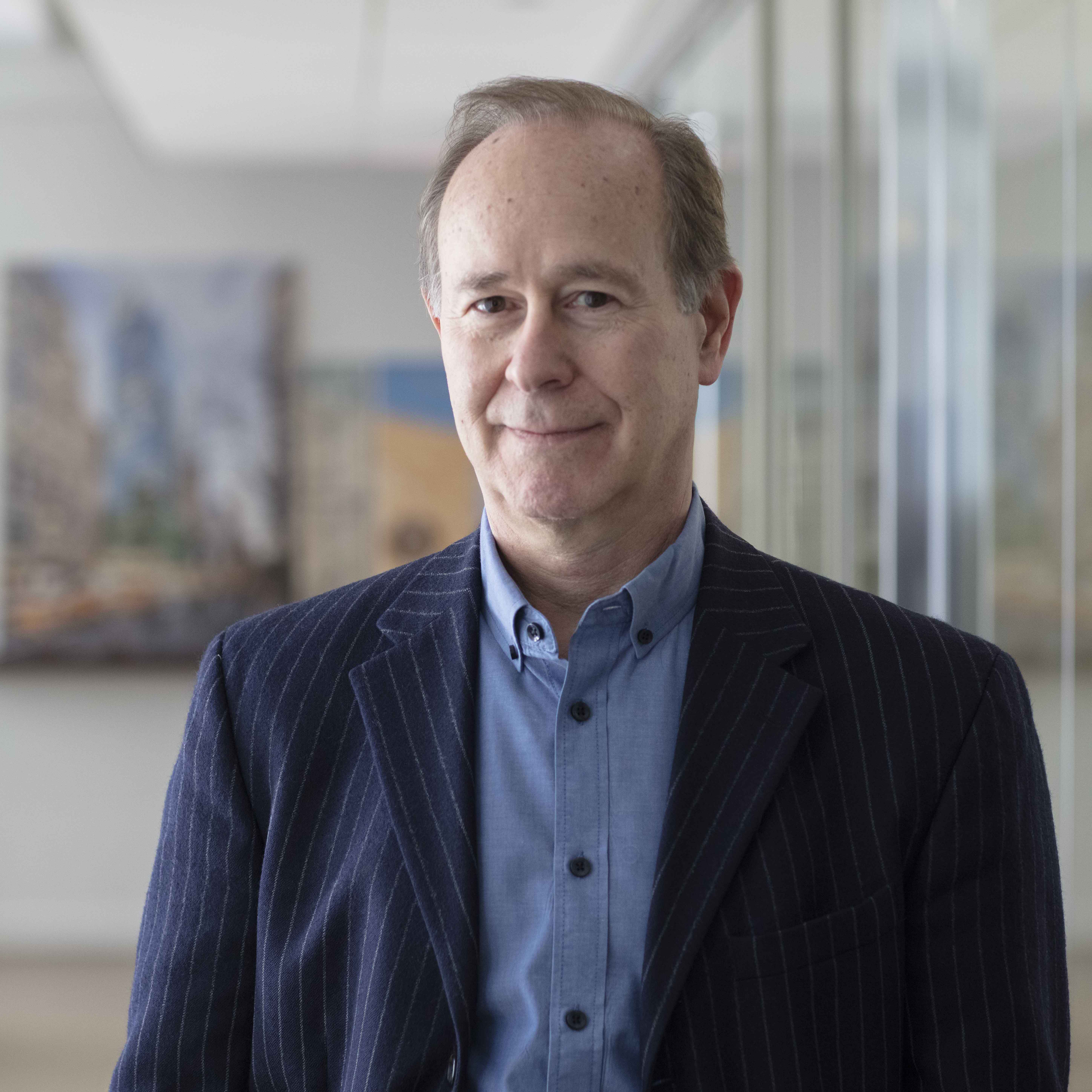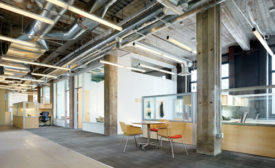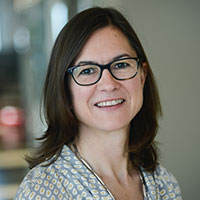Home » San Francisco
Articles Tagged with ''San Francisco''
Performance Capture Studio
Lorcan O’Herlihy and Stephen Kanner convert a pair of old aircraft hangars into a Performance Capture Studio by breaking down hierarchies.
Read More
The Energy Foundation
TannerHecht Architecture's new home for The Energy Foundation boldly underscores the nonprofit's mission.
Read More
Copyright ©2024. All Rights Reserved BNP Media.
Design, CMS, Hosting & Web Development :: ePublishing
